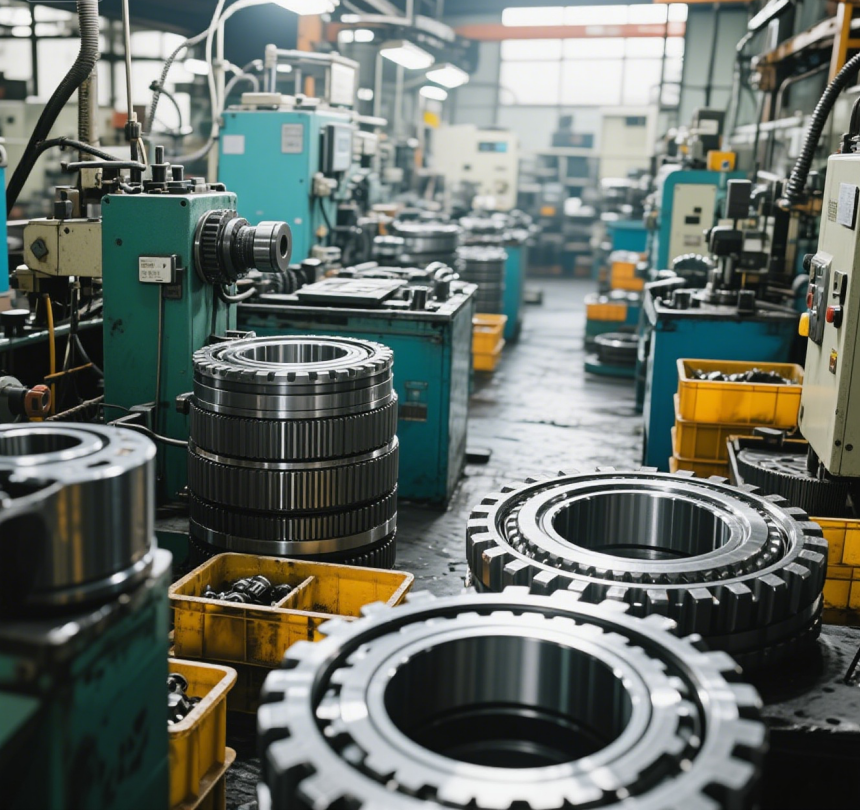In the world of industrial production and machinery operation, bearings play a vital role. They are like the “joints” of precision machinery, silently supporting the operation of equipment. However, when certain specific situations occur, we must pay attention – that is, when the bearing needs to be replaced.
First of all, when there are cracks or fragments in any one of the inner ring, outer ring, rolling elements, and the cage of the bearing, it’s extremely dangerous, just like having broken – bone fragments in a human joint. These cracks and fragments can cause unpredictable vibrations and wear during the bearing’s operation. Not only will it accelerate the damage of the bearing itself, but it may also affect other connected components, seriously impacting the stability and safety of the equipment.
Secondly, the peeling phenomenon on the inner ring, outer ring, or rolling elements should not be underestimated. Imagine the smooth surface of the bearing starting to peel like wall paint. The originally uniform force – bearing structure is disrupted, which will cause abnormal noises and vibrations during the bearing’s operation, reducing the precision and efficiency of the equipment.
Moreover, when there are obvious jams and damages on the raceway surface, rib, and rolling elements, the normal operation of the bearing is like a clock with a stuck gear, making it difficult to run smoothly. In this case, the power transmission of the equipment will be greatly hindered, and it may even lead to equipment shutdown.
In addition, rust or scratches on the raceway surface and rolling elements also remind us that the bearing is in poor condition. Rust will corrode the metal surface and weaken its strength; while scratches are like hidden dangers that will continue to expand under continuous stress, ultimately affecting the service life of the bearing.
Also, if there are obvious indentations and marks on the rolling surface and rolling elements, it’s like setting “roadblocks” for the bearing’s operation. It will change its original movement trajectory, increase friction and energy consumption, and further shorten the service life of the bearing.
When the bearing changes color severely due to overheating, we should be more vigilant. This indicates that the bearing has endured excessive temperature during operation, and its internal structure may have changed, with its mechanical properties greatly reduced. Continuing to use it may lead to more serious failures.
Finally, when the sealing ring and dust cover of the bearing are severely damaged, it’s like the “protective door” of the bearing has been broken. Dust, impurities, and other pollutants can easily penetrate into the inside of the bearing, increasing wear and damaging the lubrication environment, ultimately leading to the failure of the bearing.
To ensure the efficient and stable operation of equipment, we must pay close attention to these conditions of the bearing. Timely replacement of faulty bearings is like a precise “treatment” for the equipment. It can not only avoid losses from neglecting small problems but also extend the overall service life of the equipment, safeguarding the production and operation of the enterprise.



